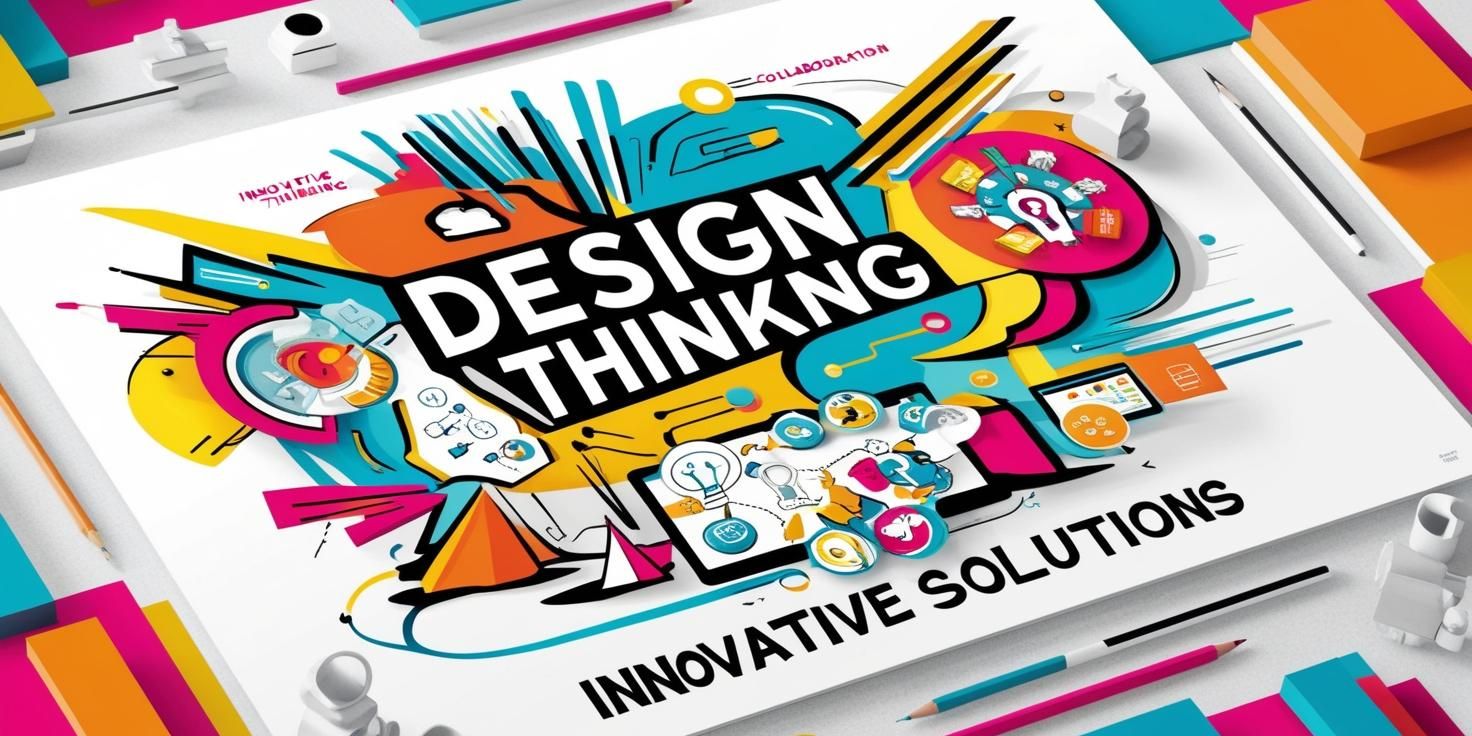The Power of Design Thinking | Innovate Smarter, Not Harder!
Master

Design Thinking
Design thinking is a human-centered approach to problem-solving that emphasizes empathy, creativity, and iteration to create innovative solutions. It focuses on understanding the needs of users, challenging assumptions, and redefining problems to identify alternative strategies and solutions that might not be immediately apparent.
This methodology is widely used in product development, business strategy, and social innovation.
Key Principles of Design Thinking
1. Human-Centered Focus:
The process revolves around understanding and addressing the real needs of users.
2. Collaboration:
It brings together diverse perspectives from multidisciplinary teams to generate creative ideas.
3. Iterative Process:
Design thinking is not linear; it involves continuous prototyping, testing, and refinement.
4. Bias Toward Action:
It prioritizes doing and experimenting over lengthy planning, encouraging rapid prototyping to gather feedback early.
5. Creativity and Innovation:
By challenging assumptions and exploring unconventional solutions, design thinking fosters creativity.
The Five Stages of Design Thinking
1. Empathize:
• Understand the user’s needs, problems, and challenges.
• Engage with users through interviews, observations, and surveys to gain insights into their experiences.
2. Define:
• Clearly articulate the problem based on insights gathered in the empathy phase.
• Create a user-centered problem statement that guides the ideation process.
3. Ideate:
• Generate a wide range of ideas to address the defined problem.
• Use brainstorming techniques to foster creativity and explore unconventional solutions.
4. Prototype:
• Build low-cost, scaled-down versions of the product or solution.
• These prototypes allow for testing ideas quickly and gathering feedback.
5. Test:
• Test the prototypes with real users to evaluate their effectiveness and usability.
• Refine the solution based on user feedback and repeat the process if necessary.
Applications of Design Thinking
1. Product and Service Design:
Creating user-centered products or services that meet customer needs effectively.
2. Business Strategy:
Innovating business models, improving processes, or solving organizational challenges.
3. Social Innovation:
Addressing complex societal problems, such as healthcare, education, or sustainability.
4. Education:
Enhancing learning experiences and fostering creativity in schools and training programs.
Why Design Thinking Matters
• Encourages Empathy: It ensures solutions are aligned with user needs.
• Boosts Innovation: Challenges traditional problem-solving methods by exploring new perspectives.
• Reduces Risk: Prototyping and testing early reduces the likelihood of investing in solutions that don’t work.
• Enhances Collaboration: Fosters teamwork by encouraging diverse viewpoints.
Summary
Design thinking is not just a process; it’s a mindset that encourages empathy, creativity, and experimentation to solve problems and drive innovation. It helps organizations move from abstract ideas to practical, user-focused solutions.